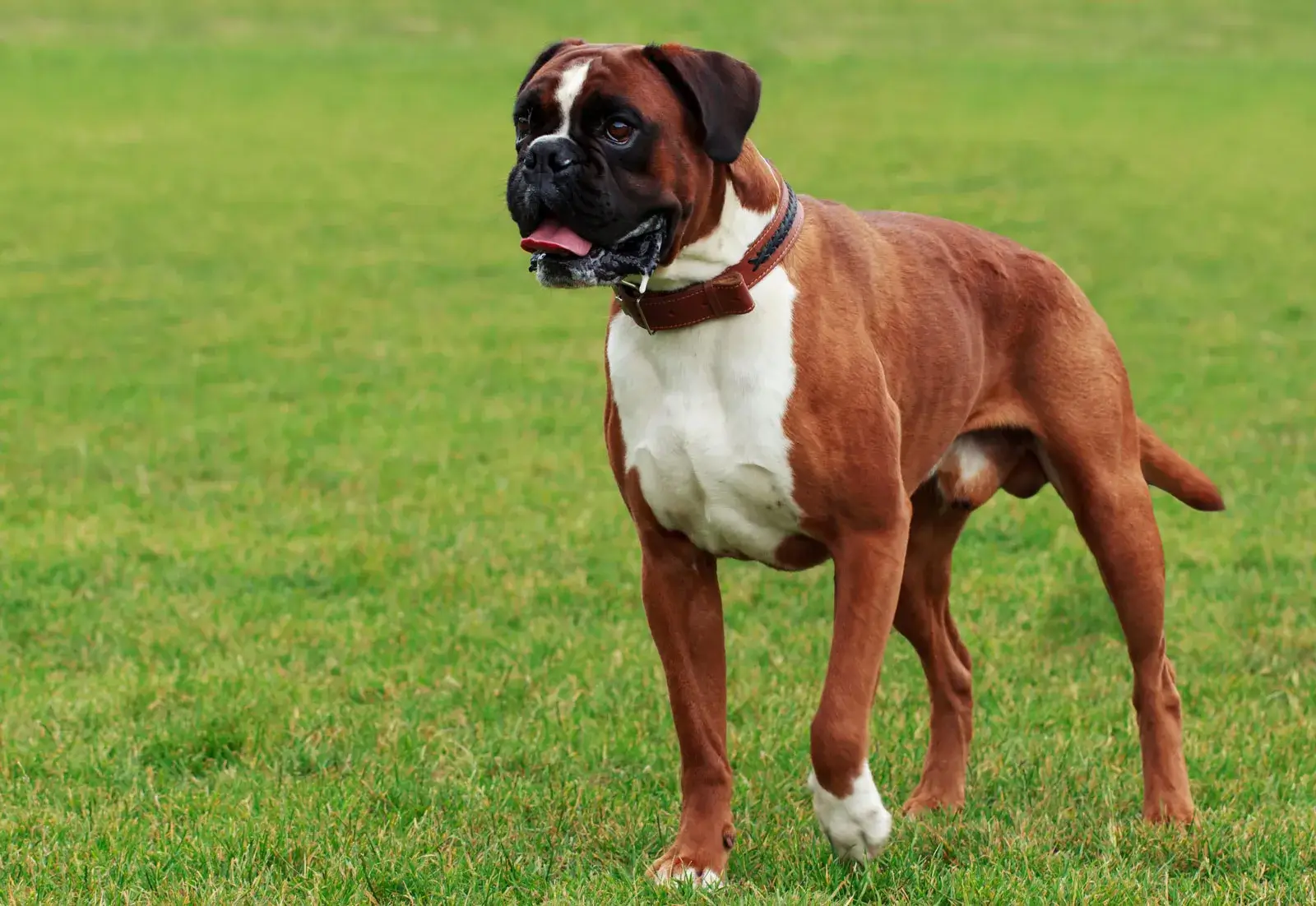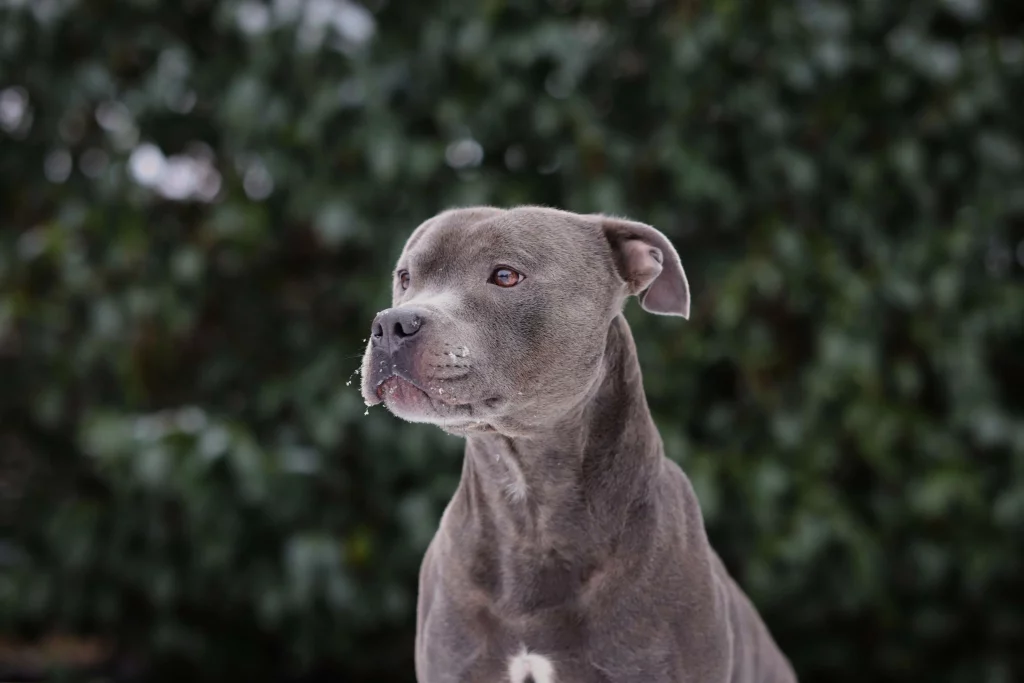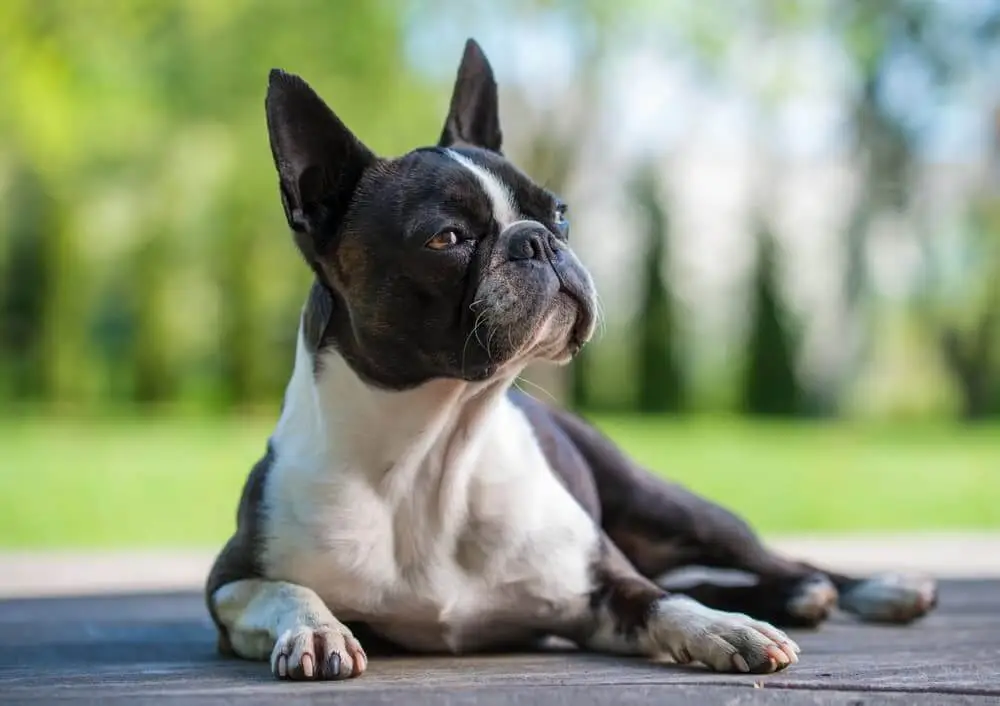3 x female boxer pups for sale.
Ready for new homes in 5wks
Mel
All puppies are pure bred boxers, red with black points, male and female puppies come vet checked, 1st vaccination, microchipped and are up to date with their worming. They also come with a written detailed guide in the puppy pack, including food.
So if you would like to come and view these puppies and their parents, and view parents DNA test results or have any further questions. Please give me a call. Contact via mobile is preferred to emails and will be responded to more quickly.
Puppies can be flown interstate and the buyers expense, or meet halfway if you have a long road travel distance.
956000014754881
richard
3 x Female Boxer pups
Ready for new homes in 7wks.
All pups will be vaccinated and microchipped.
They all come with puppie packs to help them settle in to their new homes.
For further information please contact.
Bin0015051464294
Mel
7 boxer puppies ready for new homes 28th of June these beautiful boxer puppies 6 boys 1 .with no tail one with a short tail and rest all tails and 1 girl no tail, can view both parents. Puppies are raised around small kids. Will come microchipped vet checked and puppy packs for the there new homes. Located in Ipswich can assist with transport
Wayne Hague
Purebred Boxer Puppies born 15/03/2024. Ready for their forever homes. Microchipped, first vaccination and wormed up to date. 2 males, 4 females available.
Nikki
Coco and herbies last litter of 9 only 1 beautiful girl and 1 beautiful boy left ready for their new homes both have been vaccinated microchipped and wormed. Both are a beautiful nature
Sieven Gounden
🐾 Adorable Boxer Puppies 🐾
Are you ready to welcome boundless love and joy into your home? Look no further! I have a litter of gorgeous Boxer puppies, eagerly awaiting their forever homes.
🌟 About Our Puppies:
Born and raised in a loving home environment on our rural property.
Well-socialized with people, kids and other pets, ensuring they grow into confident and friendly companions.
Embodying the finest qualities of the Boxer breed – intelligence, loyalty, and exuberant personality.
Vet-checked, regularly wormed, and up-to-date on vaccinations, guaranteeing a healthy start in life for each precious pup.
🐾 Meet Our Available Boxer Puppies! 🐾
Available now are 4 playful males and 3 delightful females, each with their own unique charm and personality.
MALES:
🔴 Red Collar: Red/White with a black face and a small white strip. This little nugget is always first to the food bowl and last to leave. With a cool demeanor and a wagging tail that never quits, he's full of classic Boxer charm.
⚫ Black Collar: White with a tan spot beside his right eye. A happy-go-lucky boy bursting with energy, always bounding around in search of affection and attention.
🔵 Blue Collar: White with a tan spot on his back. This charming fellow has a gentle and loving nature, making him a perfect companion for cuddles and playtime.
🟢 Green Collar: Tan & White with four white socks and a striking white face blaze. Flashy and confident, he's the life of the party, always ready for a playful romp with his siblings. A solid, handsome boy just like his Dad.
FEMALES:
💗 Pink Collar: Tan with a black face and a thin white strip. The epitome of Boxer personality, she's a happy and affectionate sweetheart, always spreading joy wherever she goes.
💜 Purple Collar: Tan/White with a large blaze and white socks/chest. Loyalty personified, she'll stick by your side through thick and thin. Though a bit shy away from home, she's a darling princess in need of a loving companion.
💛 Yellow Collar: Tan/White with a black face and a strip. Despite being the runt of the litter, she's a bundle of love and joy with a sweet and gentle nature. Observant and patient, she's ready to shower her new family with affection.
🏡 Adoption Details:
Ready for their new homes now.
📞 Reserve Your Bundle of Joy Today! 0427737117
Don't miss out on the opportunity to experience the love and loyalty of a boxer firsthand. Bring home a Boxer puppy, they really are the most amazing breed, once you have had one in your life you wonder how you ever lived without one.
Cara Hay
Pure breed boxer puppies - born 25/12/2023 - 1 stump tail boys, 2 long tailed girls.
All puppies are microchipped, vaccinated and wormed.
Puppies are being brought up with children and are already showing loving and affectionate traits.
Both parents have been DNA tested and are in good health with no health conditions.
More photos can be provided along with a facetime call and regular updates.
Happy to assist with transportation.
Please contact me if you require any further information.
Nicole Lund
"Rebel", the runt of 9 is our beloved girl.Sadly we need to rehome her due to incompatibility with her sister.Rebel is playful, clever, great on a lead, hangs in your shadow and has a tail that wags her body! Nine months old, microchipped and desexed, we will be sad to say goodbye, but necessary for her and her sister.
Melanie Hamon
12 beautiful, healthy boxer X Red Heeler Puppies for sale. Mum is a purebred red and white boxer dog and dad is a purebred red heeler which are also known as the Australian Cattle Dog. 6 boys and 6 girls. Both parents are available to view. Puppies were born on 01/12/23 and will be ready to go to New homes at the end of January. Puppies will come vaccinated, microchipped, wormed and vet checked. Have been raised in a family environment around children and other dogs. Have been exposed to horses and cattle from a young age. Are very healthy, smart, outgoing puppies that are extremely friendly and loving. Would make great guard dogs, a loyal and loving companion or an exceptional working dog. Please contact Kaya or Shayne on 0475817390 or email natpalliaer@gmail.com for further information.
Kaya Palliaer
Puppies were born on the 30/10/2023, they will be ready to leave from the 24th December onwards.
Dam is Boxer
Sire is Boxer x Staffy
They are perfect family dogs, great with kids and other smaller pets.
Puppies have been vaccinated, microchipped, wormed and Vet checked.
They have been raised in a loving home environment and have been exposed to a variety of everyday normal household noises.
Pick up is from Maffra, Victoria.
Bianca Winter
2 Sweet snuggly boys left looking for their forever homes. Have been vaccinated, microchipped, wormed and vet checked. They will be 8weeks old on the 19/12/23
Kirsty
Pure bread boxer puppies first litter of 5 from Olive and Bruce. Come from child friendly, chicken friendly and cat and dog friendly acreage home, non smokers. All dogs will be vaccinated, microchipped and vet checked when picked up for their forever home. Great Christmas addition to the family. All puppies have their own unique markings. Sweet and loving pups.
Tiger Big BOY
Rambo black face Boy
Socks BOY with socks
Taylor Girl white strip on back
Lucy Girl no white tip tail
Feel free to call Nevenka 0420923818 to view before purchase. Please note will only sell at 8 weeks old. $3500 each adorable puppy.
ANKC registered Bin0014239527328
Olive 991001002469235
Nevenka
Sweet, snuggly purebred boxer dogs, 4xgirls 4xboys will be ready for their forever homes on the 19/12/23 all pup will come vaccinated and microchipped
Kirsty
1 female, 1 male dog. Red with white socks and tail tip. Microchipped, vaccinations up to date. Both were born on May 30, 2023.
Pictures of mum and dad, and both puppies attached.
Debbie Dawson
Anam Cara Boxers prides itself on the belief that our boxers are our family. Our puppies have daily interaction with children, adults, other family dogs and cats. Stella and Flloyd have had a litter of 10, born 23 August.
The litter is as follows:
2 x Fawn Females
2 x Brindle Females
2 x Brindle Males
4 x Fawn Males (1 sold)
Puppies will be vaccinated, wormed and microchipped. Puppies can be transported at the cost of the purchaser.
Please contact Sallie on 0424851658 or alternatively via email at asfouche@bigpond.com
You can follow their journey at Anam Cara Boxers on Facebook.
Sallie Fouche
Born on 31/7/23
Ready for forever homes
Vacations, Microchips, Health Checked and wormed at 2,4,6 and 8 weeks old.
For more information or photos feel free to message or call me!!
Ayse Aykin
Boxer Puppies - 1 BOY LEFT
MAKE AN OFFER.
He is a beautiful white boxer with a patch over his right eye (looks like a little pirate).
Born 8th August 2023, and is ready for his forever home now.
He has been vet checked, microchipped, vaccinated and wormed prior to rehoming.
Mum is a brindle boxer and dad is white boxer x.
Alexander Kearins
Purebred Boxers. 11 weeks 20/08. Microchipped, first vaccination and wormed up to date. I have males and females available. Negotiable can discuss delivery. BIN001205384488
Nikki
We are delighted to announce we have a beautiful litter of 9 red/brindle, bobtail and long tail puppies. Our puppies are purebred with no papers.
Our gorgeous puppies arrived into the world on 17th May 2023 and are available for their forever homes on 12th July 2023.
Our puppies receive lots of love and attention in a family setting. We are passionate in providing health playful boxers with beautiful temperaments to people offering a loving "forever home "
Brindle bob male SOLD
Red bob female
Light brindle long tail female SOLD
Light brindle long tail male
Red long tail male
Red long tail female
Brindle long tail female
Red long tail male
Red long tail male
They will come vaccinated, microchiped and wormed upto date.
We are more then happy to organise transport for committed owners (at your expense)
Please reach out if your are interested and we can send more photos as requested.
BIN0011971940176
Thanks Samiha
Samiha
PRICE REDUCED. MUST SELL
My beautiful boxer X bull arab puppies are ready for their forever homes now! They are microchipped, vaccinated and wormed. They are full of life and personality. I'm more than happy for you to view the parents and I promise you that once you meet these gorgeous babies you will have found your newest family member.They were born 17/5/2023.
Rebecca
READY FOR THEIR FOREVER HOMES
6 X RED & WHITE BOXER PUPPIES.
3 X GIRLS
3 X BOYS
All Vaccinated, microchipped and Vet checked.
Love the outdoors and playing with each other.
Mum & Dad are living with them also under same roof.
ID for Collars:
Pink Collar - Girl
Purple Collar - Girl
Pink Collar with Grey Spots - Girl
Blue Collar - Boy
Black Collar - Boy
Blue Collar with Grey Spots - Boy
BORN ON ANZAC DAY 25TH APRIL AND ARE NOW NEEDING TO FIND THEIR FOREVER LOVING HOMES
Jenna
1 Brindle boy!
Boys will be boys, however he is also gentle at the same time. One of the biggest and strongest out of the whole pack. A little mini copy of big Daddy
1 White Female !
She is just like mom will capture your heart and you will be fallen for her forever. Has got the same personality as the Mommy! Very caring and affectionate along with a lot of playfulness. She is one of a kind!!
They all come vaccinated and micro-chipped.
Attila
2 gorgeous little girls and 1 handsome little boy looking for kind and loving parents. We are not commercial breeders. This will be the first and the last litter. All of our puppies are raised indoors around children and with lots of love. Both mum and dad are purebred boxers with excellent DNA and temperaments. Very well trained and very doting parents. Puppies are microchipped, first vaccinated, have their health checked, treated for worms, and ready to go. Call Dishni on 042 342 8022 or email at dishni@hotmail.com
Dishni Galkotuwe Yasamana
3 Beautiful red boys
2 Beautiful red girls.
Our gorgeous puppies arrived on the 28th of November and will be ready for forever homes from 23rd January. Feel free to reach out, and we will send photos of the specific puppy you are interested in
Mum is a wonderful, caring girl. She is gentle yet playful . She loves spending time with family. Mum is 6 years old with no health issues .She is unpapered.
Dad is owned by a friend and he is young and very playful. He has no health issues and he is a papered.
Our puppies receive lots of love and attention and will be fully vaccinated, micro-chipped, and wormed on a regular basis.
PM for photos of parents
We are more than happy to assist committed owners with organising interstate transport (at your expense) Pups will be ready to be picked up from us after 23rd November QLD delivery. Please get in touch with me about this.
BIN0010642808620
RPBA Member Number Is: 13944
Heather
5 girls
2 boys
Puppy's are not available for their new homes until the 7th Jan 2023.
Currently they are only 3 weeks old.
Puppy's will come Microchipped, Vaccinated, Wormed, Vet Checked and with a Puppy Pack.
Pups are raised indoors with children and other animals.
April Shaw
Beautiful purebred boxer puppies, ready 11 December. Beautiful rich red colour. 2 x solid red females, 1 x red female with thin line and full white collar, 2 x flashy red female, 1 x flashy red male (with slight kink in tail), 1 x white male ($ negotiable), 1 x white female ($ negotiable). Mum is a flashy red, dad is a solid red, both family pets with great temperament. Raised in a family with children handling the puppies. Will be vet checked, vaccinated, microchipped, and wormed. Will come with a puppy pack.
RPBA 13674
Tamara Bayly
Moss Grove Boxers are delighted to announce the safe arrival of nine beautiful boxer puppies, 6 males and 3 females.
The pups were born on the 20th of September and will be ready to go to their new homes from the 15th of November 2022.
All our boxers are greatly treasured members of our family. Living in our home providing much love for our children and entertainment for our visitors. Initially, our puppies are raised in our living room, in their own snuggery hideout. Once they commence the transition to solid food, they move into our custom-built puppy den and play yard, still under very close supervision, just outside our living room. All our puppies are frequently handled by variety of people, ensuring they will have a friendly and trusting nature - making these pups the ideal family companion. With exposure to a wide range of sensory experiences, our pups will come to you confident and ready to play!
A ‘new puppy owners’ contract will need to be signed at the time of purchase. This is a safeguard for you - to ensure that you are receiving a pup with full disclosure of their health and temperament. Should you choose to have your puppy desexed, you will receive $100 cash back from us!
All our pups go to their new homes;
Having had two full veterinary health examinations,
Wormed at 2, 4, 6 & 8 weeks of age,
Vaccinated, and
Microchipped.
Each pup will leave its litter pack, with a high value and tailor-made puppy pack!
Some of the exciting inclusions are ~
•Worming Tablets (for your new pup’s 10-week-old dose)
•Collar
•Lead
•Toys
•Blanket
•Travel Bowl
•Food Samples
•New Puppy Owner’s Guidebook
•Helpful information from our excellent Vets
•Fantastic deal on Pet Insurance
Plus ~ LOADS of amazing discounts from some of the best online pet shops!!!
I’m an RPBA registered breeder, number: 9726.
You can verify this here: https://responsiblepetbreeders.com.au/verify-breeder
For extra photos and more information, please check out our website!
https://www.facebook.com/groups/mossgroveboxers
www.moss-grove-boxers.com
Our RPBA Registered Purebred Boxer Puppies are priced at $3,800 and flexible payment plans are available!
If you would like to inquire about our beautiful boxer puppies, the most efficient way to contact us is initially via email. If you decide you would like to purchase a puppy, we will provide you with our mobile number. From here we will organise an in-personal viewing or if you prefer, a video call may be arranged for you to see your puppy. We will endeavour to respond within 24 hours of any inquiry.
We have named this litter after the hit kids cartoon - Bluey.
As such each pup has been nick-named after characters from the show.
Photos:
1. Brandy - girl
2. Winton - boy
3. Lucky - boy
4. Indy - girl
5. Captain - boy
6. Jasper - boy
7. Rusty - boy
We have 9 pups - to see all our photos please check out our website! www.moss-grove-boxers.com
Louise Kelly
Purebred Boxer Puppies
Born - 2nd August 2022
Ready for new homes - 27 September 2022
This is Luna's second litter and this will be her last!
We have 4 boys and 2 girls left available.
Dad is red and Mum is reverse sealed!
Light blue - male
Red - male
Light blue - male
Yellow-female
Green - male
Orange - SOLD
White - male
Pink - SOLD
Dark blue - SOLD
Purple- SOLD
We are located in Sussex Inlet NSW
These beautiful puppies will be health checked, microchipped,
vaccinated and wormed
Happy to provide pictures of certain puppies you are interested
in and happy to video chat so you can get a better look without
travelling!
Puppies will be fed Blackhawk puppy food with optimum wet
puppy food.
They will also pedigree puppy milk when old enough.
All puppies will come with a puppy pack!
Photos will be updated as they get older!
Kristi Lee










